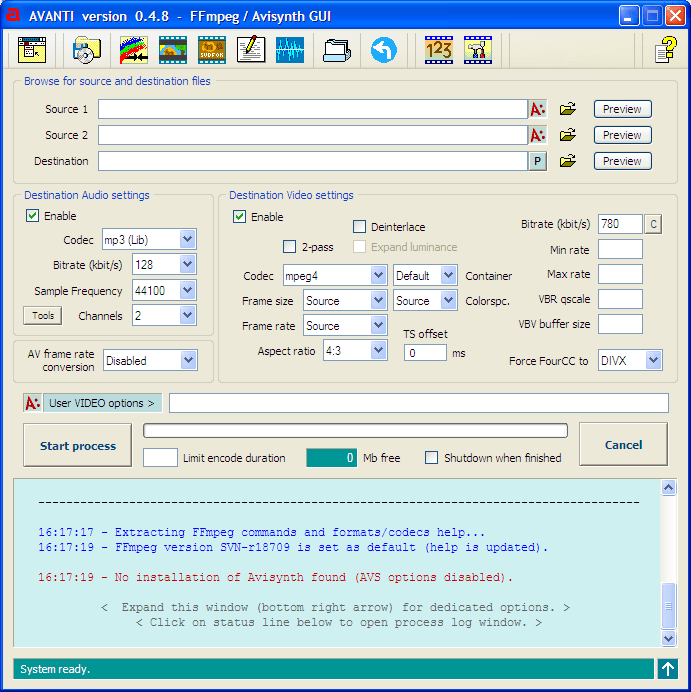
show_entries stream=sample_rate -of default=noprint_wrappers=1:nokey=1 xxx.mp3)*1.

Initializing filter 'asetrate' with args '$(ffprobe -v error Here we’re using the following options: -vn disables video recording to the output file. This will result in converting 3 output audio files (wav,ogg,mp4) from one mp3 file. ffmpeg -i sample-mp4-file.mp4 -hidebanner \ -vn \ -ac 2 \ -ab 187 \ -f mp3 \ Audio.mp3. audio and set output to null, examples for Windows and Unix: ffmpeg -i. v error -show_entries stream=sample_rate -of default=noprint_wrappers=1" You can use one input file to get several different output files by just entering the name and the prefix like this: ffmpeg -i filename.mp3 newfilename.wav newfilename.ogg newfilename.mp4. It can also convert between arbitrary sample rates and resize video on the fly. 'ffprobe-verror-show_entriesstream=sample_rate-ofdefault=noprint_wrappers=1' AAC supports inclusion of 48 full-bandwidth (up to 96 kHz) audio channels in one stream plus 16 low frequency effects (LFE, limited to 120 Hz) channels.

Example for 1 file: ffmpeg -i xxx.mp3 -filter:a "asetrate=$(ffprobe -v error -show_entries stream=sample_rate -of default=noprint_wrappers=1:nokey=1 xxx.mp3)*1.1" -y xxx1.mp3īut is is not working and creates 0kb file. Quality: Use this pop-up menu to select the quality of the audio output. These options are shared amongst the ff tools. The higher the sample rate, the higher the audio quality and the larger the file size. Note that in ffmpeg, matching by metadata will only work properly for input files. I need to increase the sample rate by 10%. Matches streams with usable configuration, the codec must be defined and the essential information such as video dimension or audio sample rate must be present.


 0 kommentar(er)
0 kommentar(er)
